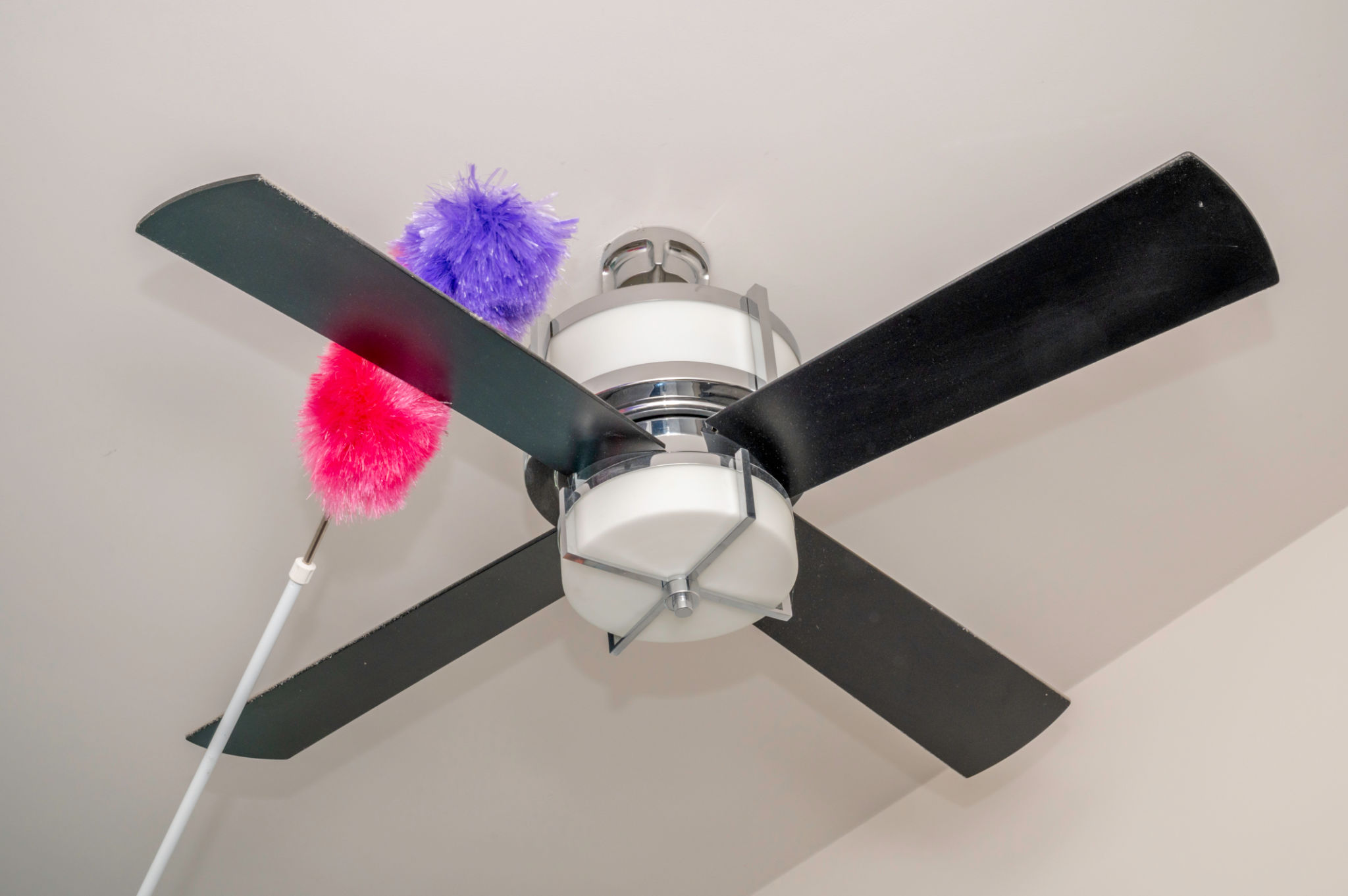DIY Fan Cleaning: Keep Your 風扇清潔 with These Simple Steps
Why Clean Your Fan?
Keeping your fan clean is not just about maintaining its appearance; it’s crucial for its efficiency and longevity. Dust and dirt accumulation can hinder a fan's performance, leading to an increase in energy consumption and even potential damage over time. Regular cleaning ensures that your fan circulates air effectively, keeping your indoor environment comfortable and fresh.
How Often Should You Clean Your Fan?
The frequency of cleaning depends on several factors such as usage and environmental conditions. For fans used regularly, a thorough cleaning every three months is recommended. If your home is prone to dust, you might need to clean it more frequently to ensure optimal performance.

Gathering Your Cleaning Supplies
Before you start, gather all necessary cleaning supplies to make the process smooth and efficient. Here’s a list of items you may need:
- Screwdriver (if needed for disassembly)
- Soft cloth or microfiber towel
- Vacuum with a brush attachment
- Mild detergent or cleaning solution
- Water
- Old toothbrush or small brush for crevices
Safety First: Disconnect the Power
Before you begin cleaning, ensure that the fan is turned off and unplugged from the power source. This precaution prevents any risk of electric shock and allows you to clean the fan parts thoroughly without interference.
Step-by-Step Cleaning Guide
1. Dust the Blades: Use a soft cloth or microfiber towel to gently wipe the blades. For accumulated dust, a vacuum with a brush attachment can be very effective. Ensure you support each blade while cleaning to avoid bending them.
2. Wash Removable Parts: If your fan has removable grills or covers, take them off and wash them with warm water and a mild detergent. Rinse thoroughly and dry completely before reassembling.

Cleaning the Motor and Other Components
3. Clean the Motor Housing: Use a damp cloth to wipe the motor housing. Avoid getting water into the motor itself as this can cause damage. Use an old toothbrush to reach any small crevices or tight spots.
4. Lubricate if Necessary: Some fans require periodic lubrication for smooth operation. Check your fan's manual to see if this is necessary and follow the manufacturer's recommendations for lubricant type and application method.
Reassemble and Test
Once all parts are clean and dry, reassemble your fan carefully. Plug it back in and test its operation. You should notice improved efficiency and quieter performance, indicating a job well done!

Regular Maintenance Tips
To keep your fan in top condition, consider regular dusting as part of your routine cleaning schedule. Use a duster or vacuum attachment weekly to prevent heavy accumulation. Regular maintenance not only extends the life of your fan but also contributes to a cleaner, healthier home environment.
